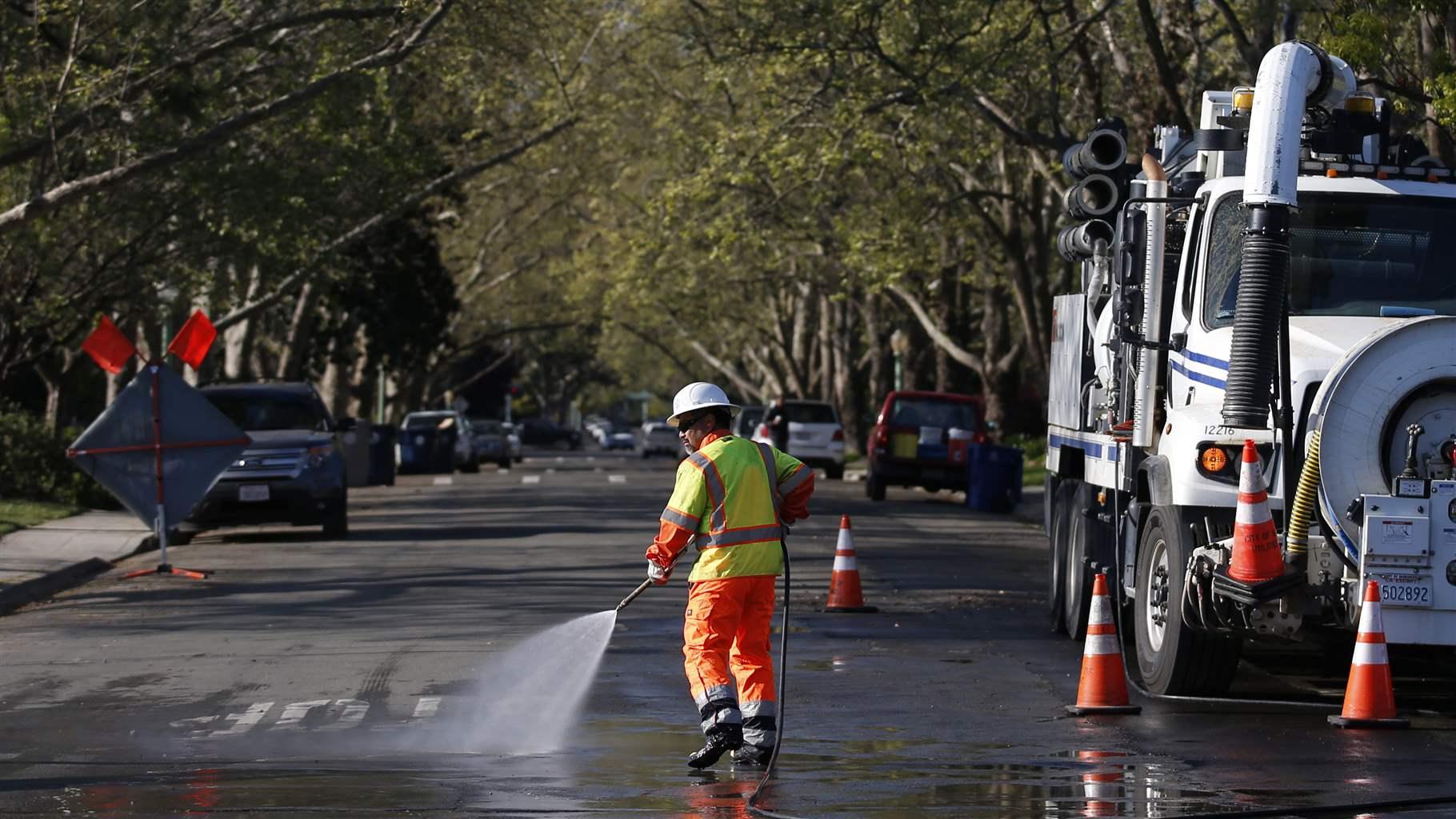
The current integrated resource plans from Duke Energy Progress LLC and Duke Energy Carolinas LLC, which cover operations in South Carolina as well, reflect higher long-term solar ambitions through 2035 but lower solar expansion through 2024 compared to prior plans, according to the SACE report, accounting for some of Florida's short-term advantages over the Carolinas. represented about 40% of solar in the Southeast in 2020, according to SACE, and is expected to remain the region leader. "Florida utilities continue to scale up their plans each year, while North Carolina utilities are scaling back their near-term plans," the SACE report read, noting that North Carolina has been the leader in installed solar capacity among Southeastern states, but Florida may stand a chance of overtaking it, at least briefly.ĭuke Energy Corp. With that approval, Duke Energy Florida increased its short-term plans in the state, while utilities in North Carolina and South Carolina, including other Duke Energy subsidiaries, reduced immediate short-term plans, according to the SACE report. Some of Florida's advancement ahead of other Southeastern states is major project announcements, including approval of Duke Energy Florida LLC's "Clean Energy Connection" program in January for ten projects totaling 750 MW. Florida's net metering policy is also playing a role, Jacob added. Regulators agreeing to allow utilities to recover costs of solar investment through that mechanism has further incentivized larger-scale development in the state.

The Florida Industrial Power Users Group, or FIPUG, brought the challenge to court, arguing regulators should not have signed off on the rate decision because the projects weren't needed. In 2019, the Florida Supreme Court unanimously ruled that Florida Power & Light could rate base more than $860 million for eight already-constructed solar projects, which regulators had approved in 2016. "Some are also setting aggressive renewable energy goals, Florida Power & Light Co." "Utility-scale solar is now the most affordable new electricity generation infrastructure and we are seeing all utilities - municipal, electric cooperatives and investor-owned utilities - in Florida rapidly investing in this resource," said Heather Campbell, Florida program director for Vote Solar, in an interview. The state's solar base rate adjustment mechanism, which streamlined approval for adding solar projects to rate base, has made the state especially attractive for investor-owned utilities, Jacob said. The drop in solar cost - for both utility-scale and distributed - along with the investment tax credit extension are two of the biggest contributors to Florida's solar growth, Bryan Jacob, SACE solar program director, said in an interview. On a full-year operational equivalent basis, SACE recorded 3,909 MW of solar capacity for Florida.

Total solar capacity in the Southeast in 2020 was 12,696 MW, according to a June report from the Southern Alliance for Clean Energy, or SACE, and is expected to more than double to 27,500 MW by the end of 2024. State regulators anticipate more than 13,000 MW of solar generation installed across the state over the next decade or so, according to a 2020 report from the Florida Public Service Commission, with the lion's share expected to be utility-owned solar. A recent report forecasts Florida is set to eclipse most other Southeastern states in installed capacity this year, surpassing North Carolina. Source: Florida Power & Lightįlorida is emerging as a Southeast leader in solar capacity as state policy encourages larger-scale development, utilities pursue aggressive expansion plans and prices remain competitive. Florida is emerging as a top solar state in the Southeast as policy and demand align to encourage investment.


 0 kommentar(er)
0 kommentar(er)
